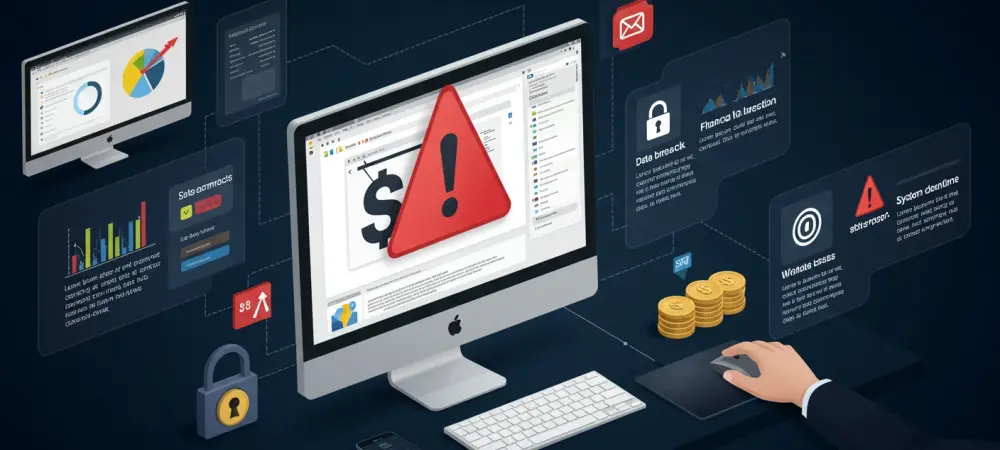In a dramatic twist, the current digital landscape witnessed a sophisticated ransomware attack aimed at a renowned clothing retailer in the United Kingdom, causing substantial disruptions. This occurrence highlights an ongoing trend where retail companies face persistent threats from cybercriminals who exploit vulnerabilities in their systems. In an age where online transactions form the backbone of business operations, ransomware poses a significant risk, jeopardizing both customer data and operational continuity. The articles explore the growing menace of ransomware within the retail sector, offering insights from experts and real-world examples to provide a comprehensive understanding of this pressing issue.
Examining the Surge in Ransomware Incidents
Statistical Overview and Its Impact on Retail
Recent quarters reveal an alarming rise in ransomware attacks targeting the retail sector globally, with reports of a 58% spike in publicly disclosed incidents. Specific data from BlackFog highlights the severity and frequency of these occurrences, particularly affecting UK retailers. This surge underscores the vulnerability of businesses that manage vast collections of sensitive information and complex supply chains. Furthermore, data exfiltration remains a dominant tactic, utilized in 95% of reported ransomware cases, aiming to maximize the impact by not only encrypting but also stealing valuable information.
Case Studies of Prominent Attacks
Notable brands, including Marks & Spencer, The Co-op, and Harrods, have found themselves victims of sophisticated ransomware attacks, causing severe operational and financial repercussions. Most concerningly, these attacks have been linked to the enigmatic Scattered Spider group, further illustrating the strategic targeting and destructive capabilities of such adversaries. The consequences of these breaches extend beyond immediate disruptions, as brands grapple with reputational damage and the costs associated with recovery efforts.
Insights from Cybersecurity Specialists
The retail sector continues to catch the eye of cybercriminals, partly due to its intricate supply chains and the immense value of customer data, as emphasized by cybersecurity experts. Retail operations encompass extensive networks and data points, making them susceptible to exploitation. Professionals argue that these vulnerabilities present lucrative opportunities for ransomware groups seeking substantial ransom payouts. By understanding the reasons behind this focus, businesses can better develop strategies tailored toward mitigating risks and safeguarding critical assets.
Forecasting the Evolution of Ransomware in Retail
Analyzing how ransomware threats might evolve sheds light on potential implications for the retail industry and its participants. The increasing sophistication of cyber threats may usher in novel challenges, compelling companies to adopt innovative cybersecurity protocols. Proposed developments include a heightened focus on real-time monitoring, employee training, and collaboration with industry partners to bolster defenses. Yet, implementing these strategies may encounter hurdles as retail businesses strive to keep pace with technological advancements while balancing operational costs.
Concluding Observations and Recommendations
The exploration of ransomware threats within the retail sector reveals a growing need for enhanced cybersecurity measures and clear reporting practices. The urgency to address these issues arises from the steep rise in incidents over recent quarters and the tangible impacts felt by notable brands. By prioritizing risk management and fostering transparency around incidents, retailers can place themselves in a stronger position to combat ransomware threats. Looking to the future, the adoption of cohesive cybersecurity strategies appears crucial, offering both promise and challenges as businesses navigate an ever-evolving digital environment.

